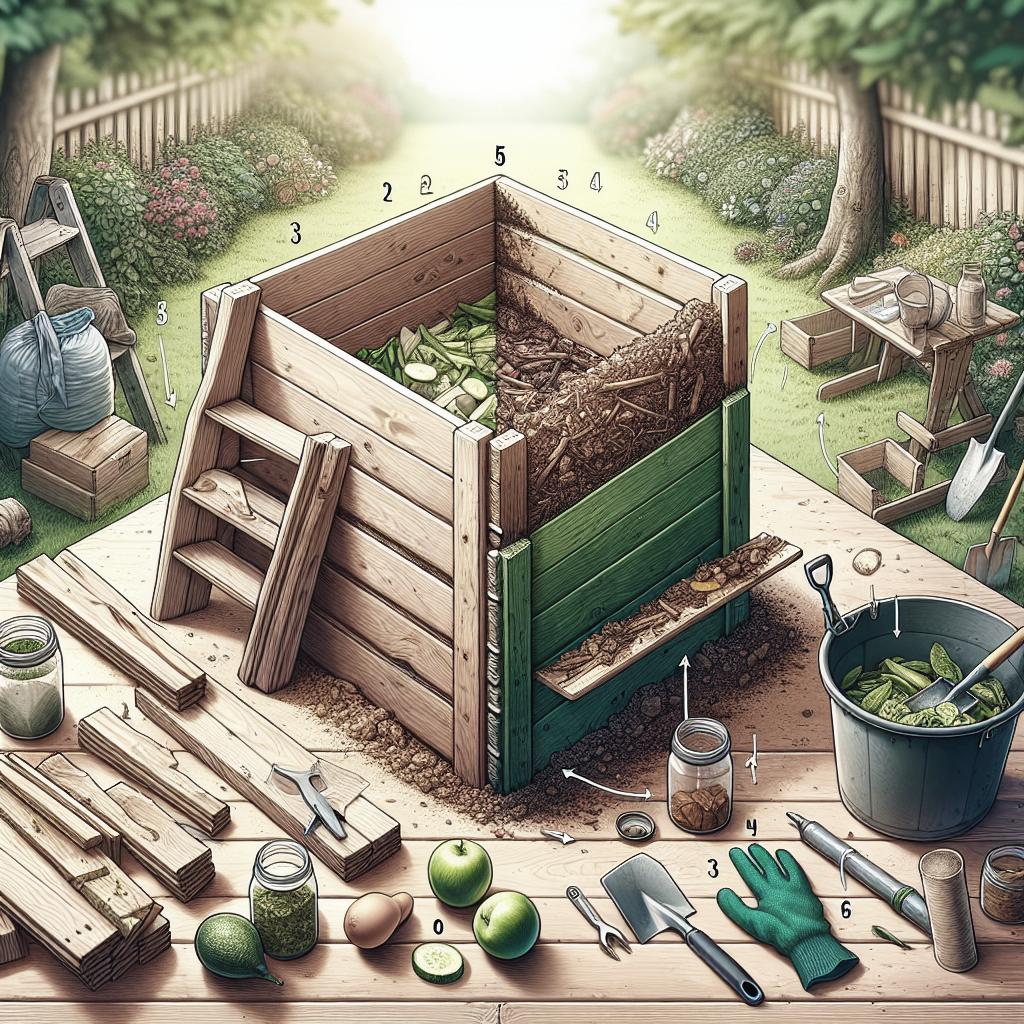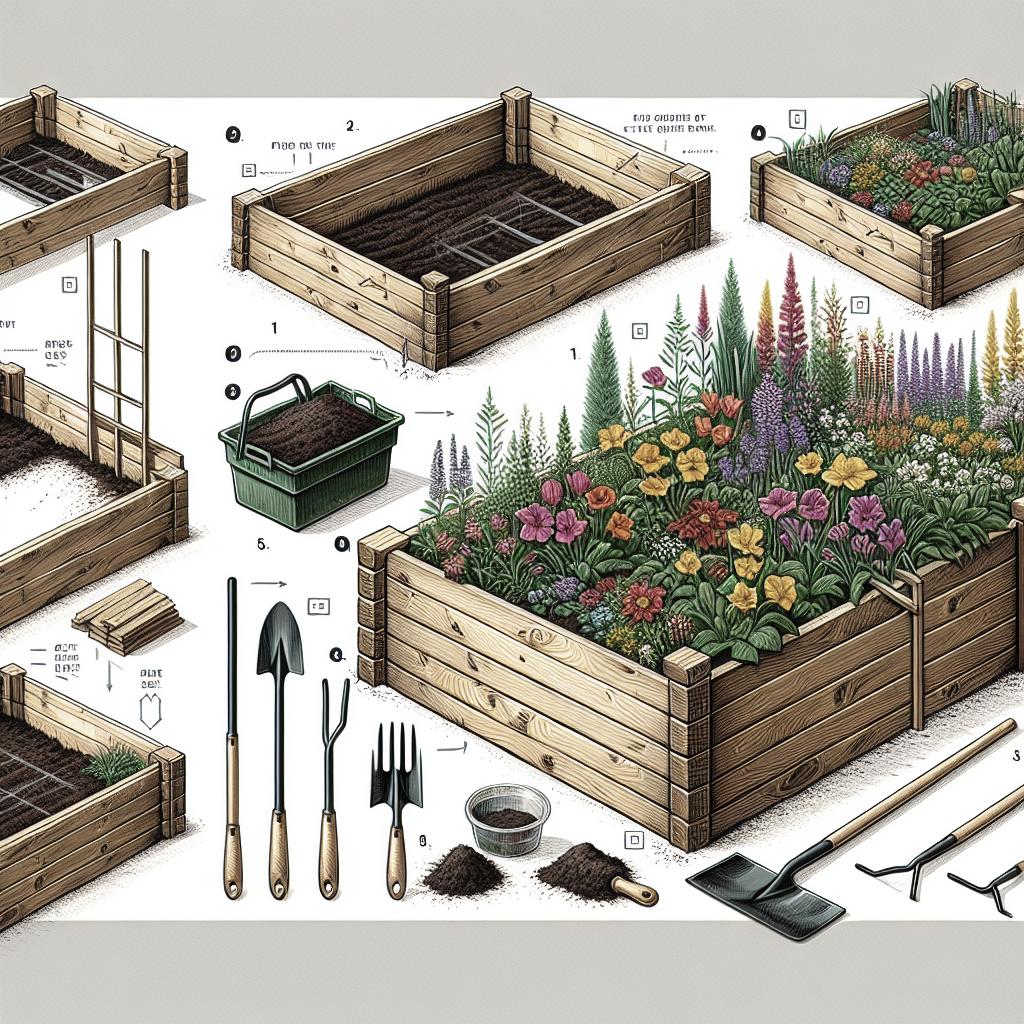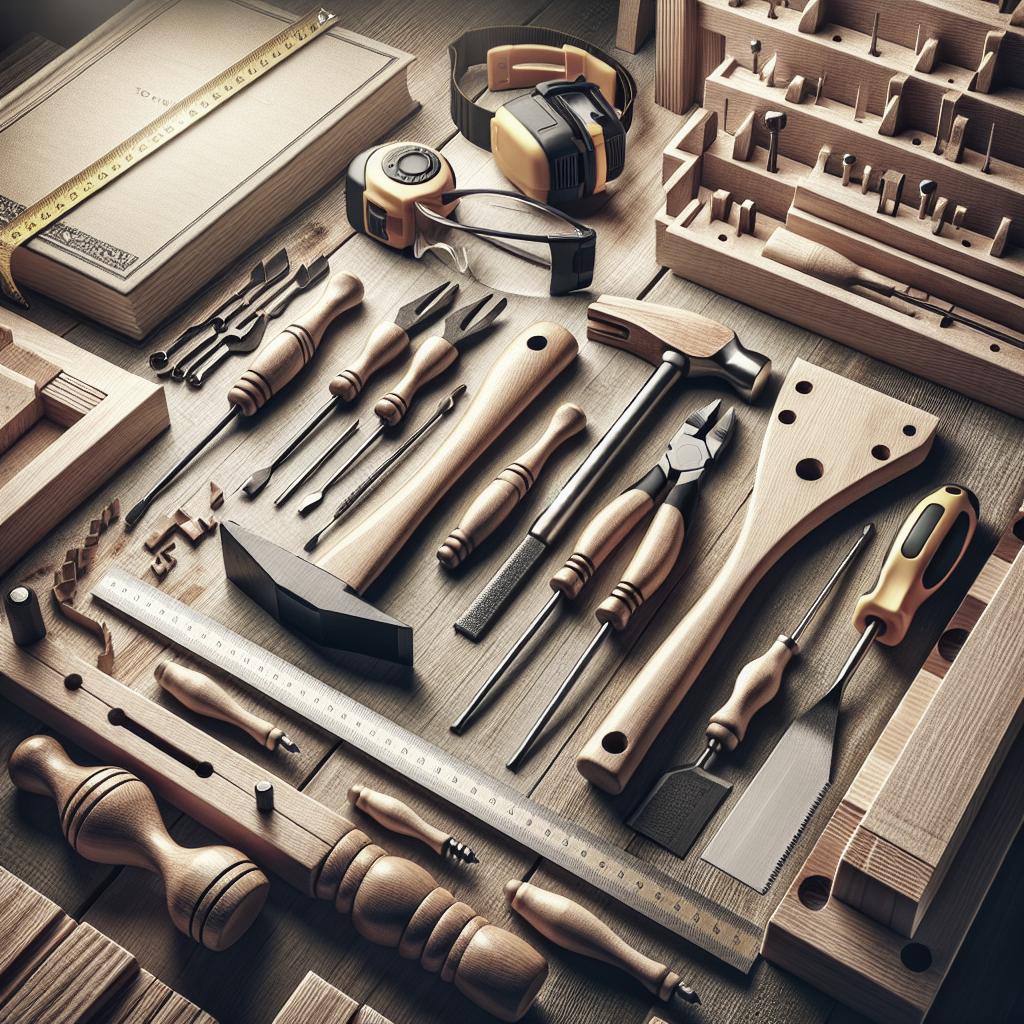“`html
Composting is a magical process that turns kitchen scraps into “black gold” for your garden, enhancing soil fertility and reducing waste. Building your own compost bin can be a rewarding and straightforward project, perfect for anyone wanting to participate in sustainable living practices. In this comprehensive guide, we’ll explore various DIY compost bin options, each suited to different living spaces, needs, and materials. Whether you’re an urban dweller with limited space or a homeowner looking for an efficient composting method, you’ll find a suitable compost bin idea to get started. We’ll cover a range of options from simple 5-gallon bucket bins to more advanced DIY rotating tumblers. Plus, we’ll provide valuable insights and techniques to optimize your composting experience. Let’s dive into the world of composting and discover which method best fits your lifestyle and space!
5-Gallon Bucket Compost Bin
The 5-gallon bucket compost bin is one of the simplest and most cost-effective composting solutions for small spaces. To set this up, you’ll need two 5-gallon buckets with lids and a drill. Start by drilling holes in the bottom and sides of one bucket for aeration.
Place the drilled bucket inside the other one to catch any excess liquid, known as “compost tea”, which can be used as a natural fertilizer. Fill your bucket with alternating layers of green and brown materials, occasionally mixing to improve aeration and decomposition. Remember to keep the compost moist, like a damp sponge.
Trash Can Compost Bin
A trash can compost bin is ideal for those who have slightly more space but still need a compact composting solution. Choose a sturdy trash can with a tight-fitting lid. Drill holes around the can, including the bottom, for good ventilation.
Position the trash can on bricks or wooden slats to allow better air circulation beneath. As you add kitchen scraps and yard waste, use a shovel or pitchfork to turn the compost periodically, ensuring good aeration and assisting quick decomposition.
Pallet Compost Bin
Pallet compost bins are a great choice if you have more space and access to used wooden pallets. Arrange three to four pallets in a square or rectangular shape, securing them with strong wire or screws. Leave one side open for easy access to your compost pile.
This bin system allows for larger compost heaps, facilitating faster decomposition due to increased internal heat. It’s important to turn the compost regularly and ensure a balanced mix of materials to avoid unpleasant smells and promote efficiency.
Wooden Compost Bin
For a more aesthetic and durable composting solution, build a wooden compost bin using untreated wood. Typically, this involves constructing a rectangular structure with a removable front panel for easy access. The wooden slats provide good aeration and are sturdy.
Maintaining a wooden compost bin involves regular turning and monitoring the moisture level to keep materials decomposing efficiently. This method is ideal for gardeners looking for a fixed, long-term solution that blends seamlessly with an outdoor environment.
Wire Fence Compost Bin
A wire fence compost bin is easy to construct and highly efficient for larger composting needs. Use sturdy wire mesh or hog wire to form a circular or square shape which can be held together with ties or fasteners, creating an enclosure for your compost materials.
The open design ensures excellent airflow, crucial for rapid decomposition. Position the bin in a sunny location to encourage faster composting activity. Regularly add layers of compostable material, mix thoroughly, and water to maintain moisture.
Tote Compost Bin
Repurposing plastic totes for a compost bin is a great, low-budget, and compact option. Drill holes throughout the tote for proper airflow. Place a layer of dry material at the bottom to absorb excess moisture.
Add kitchen scraps and yard waste as they become available, ensuring a good mix of green and brown materials. Occasionally shake or stir to introduce air and moisture, aiding compost breakdown.
Straw Bale Compost Bin
Straw bale compost bins double as garden features while helping with compost stabilization and insulation. Arrange four to five bales to form a square, placing them end-to-end.
These natural ‘walls’ provide excellent insulation, speeding up the composting process by retaining heat. Refresh the bales as they begin to decompose, and turn the pile often to maintain effective composting conditions.
DIY Rotating Compost Bin Tumbler
A rotating compost bin tumbler speeds up the composting process by making turning the pile easy, thus increasing aeration. You can make one by attaching a cylindrical container to a stand that allows it to rotate.
Add your compost materials and spin the bin every few days to mix and aerate. Tumblers are excellent for controlling odors and keeping pests away, making them suitable for residential areas.
Plastic Storage Container Compost Bin
Similar to tote bin composting, large plastic storage containers can be used effectively for composting. Drill holes for ventilation, and place the bin on blocks to prevent trapped moisture.
This setup is beneficial for beginning composters due to its simplicity and effectiveness in any small space. As always, balance your greens and browns, and stir regularly.
In-Ground Compost Method
For those wishing for an even more subtle composting method, in-ground composting is excellent. Dig a hole or trench in the garden and deposit organic materials directly into it, covering it with soil after each addition.
This method requires minimal maintenance, as earthworms and microorganisms help decompose materials, naturally enriching your garden soil over time.
Trench Composting
Trench composting is a variation of in-ground composting, best for enriching specific garden areas. Dig trenches between garden rows, filling them with organic matter before covering with soil.
This method hinders weed growth, retains moisture, and provides nutrients right where plants need them most. It’s a labor-efficient practice once the initial trench is prepared.
Hot Composting
Hot composting is for the committed composter focused on speed. This method involves balancing carbon-rich (brown) and nitrogen-rich (green) materials and turning the pile regularly to maintain high temperatures that speed up decomposition.
A hot compost pile decomposes in weeks rather than months, resulting in rich, ready-to-use compost quickly. It’s ideal for active gardeners looking for faster results with intensive management.
Old Dresser Drawer
Repurposing old furniture, like a dresser drawer, can create a unique compost bin. Ensure sufficient drainage by drilling holes and line the drawer with a burlap sack for airflow.
Add kitchen scraps and layers of dried leaves or grass clippings. Turn the materials regularly, and keep the drawer in a semi-sheltered area to prevent water logging while maintaining adequate airflow.
Bokashi Bucket
Bokashi composting integrates anaerobic processes to ferment and break down food waste in a sealed bucket. Purchase or DIY a Bokashi bucket with a tight-sealing lid and drainage spout.
The process involves layering kitchen waste with Bokashi bran. This method can handle a wider variety of food waste, including meats. The result is a pre-compost product ready for mixing into a garden bed.
DIY Compost Screen
A compost screen can help sift finished compost from larger, still-decomposing materials. Create by attaching wire mesh to a simple wooden frame that fits over a wheelbarrow or designated area for simpler sorting.
Sifted compost gives you finer material, perfect for potting soil, and separates larger pieces that can continue decomposing. This tool enhances the functionality of any home composting system.
Tips for Using a DIY Compost Bin
Regardless of the composting method, maintaining effective compost involves balancing moisture, aeration, and material composition. Always ensure a good balance between nitrogen-rich greens and carbon-rich browns.
Regularly aerate your compost bin to promote faster decomposition and prevent unwanted odors. Monitor the moisture level by keeping the compost slightly moist, and remember to shield it from heavy rains that could leach nutrients.
Future Prospects
| Composting Method | Ideal Scenario | Key Benefits |
|---|---|---|
| 5-Gallon Bucket | Small spaces, beginners | Simple, cost-effective |
| Trash Can | Medium spaces, compact setup | Inexpensive, moderately scalable |
| Pallet | Larger yards, free pallet access | Easy to construct, large capacity |
| Wooden | Permanent installations | Durable, aesthetically pleasing |
| Wire Fence | Flexible spaces | Good airflow, adaptable size |
| Tote | Compact living, budget projects | Simple, effective in small areas |
| Straw Bale | Seasonal composting | Natural insulation, biodegradable |
| Rotating Tumbler | Quick composting needs | Fast, odorless |
| Plastic Container | Urban settings, indoors | Portable, non-intrusive |
| In-Ground Method | Gardens with room to dig | Minimal effort, soil enrichment |
| Trench | Direct soil improvement | Efficient nutrient delivery |
| Hot Composting | High volume, fast turnover | Rapid results, managed system |
| Old Drawer | Upcycling projects | Repurposes old furniture |
| Bokashi Bucket | Indoor, all-food composting | Handles diverse waste |
| Compost Screen | Compost refinement | Produces fine compost, removes clumps |
“`


